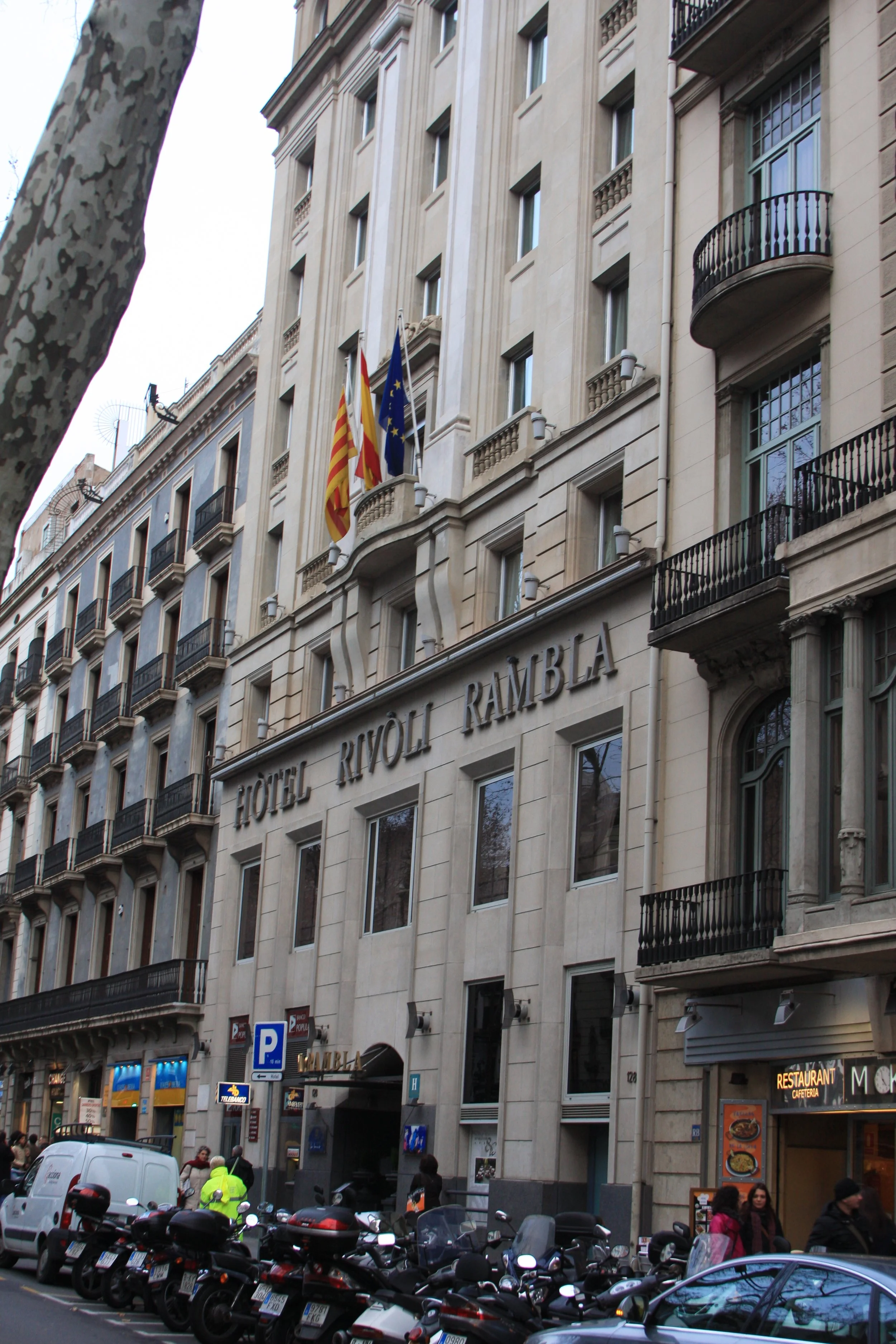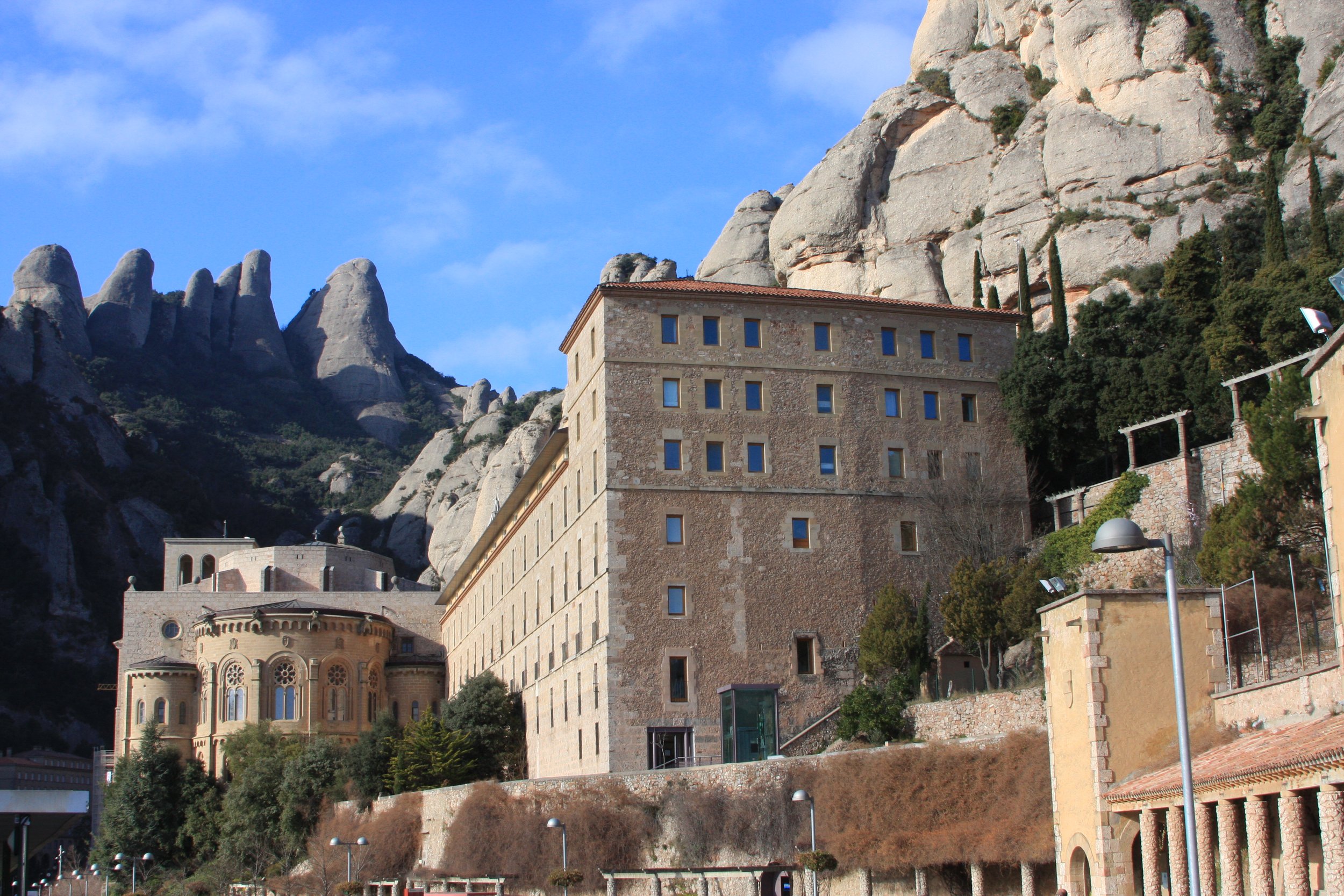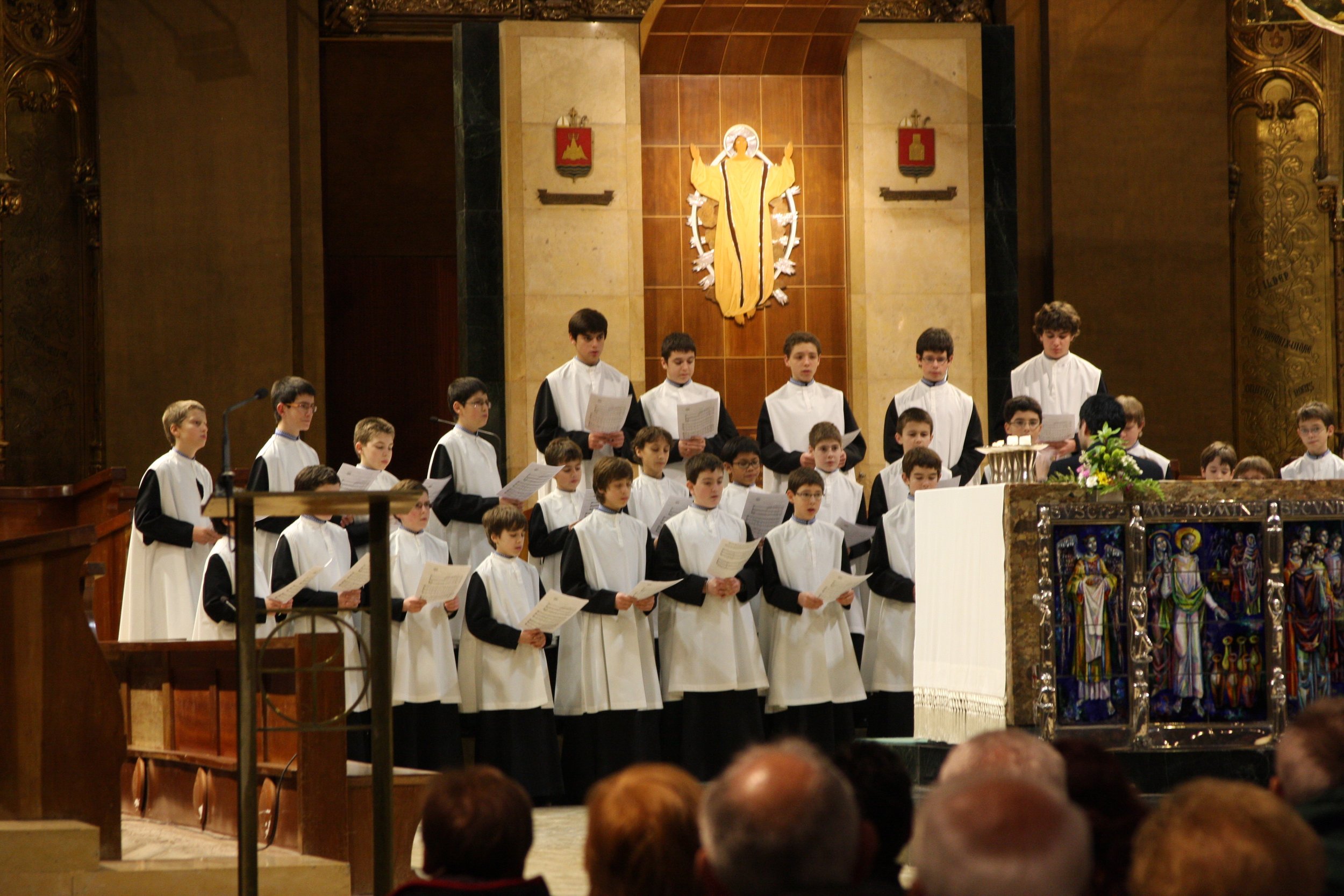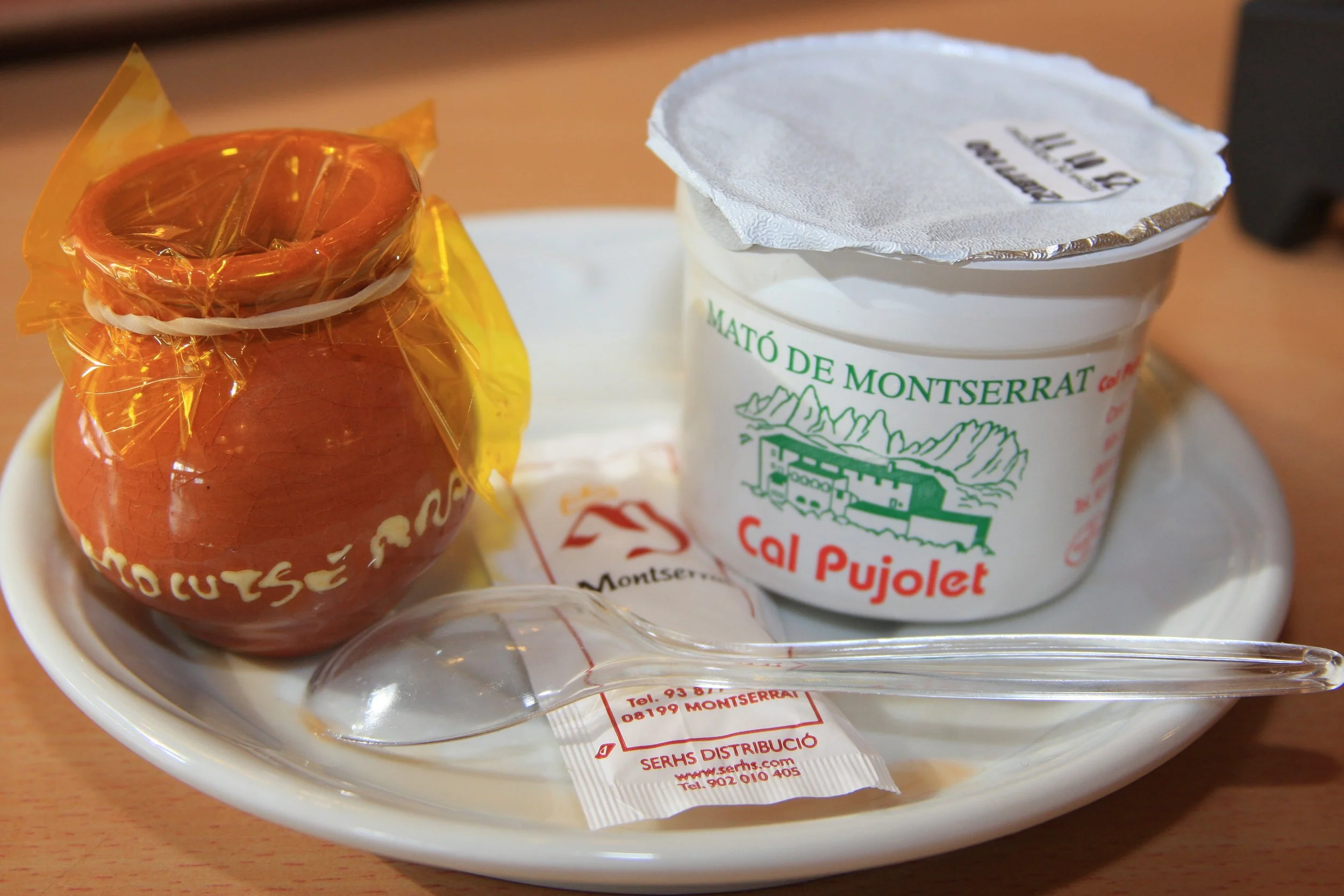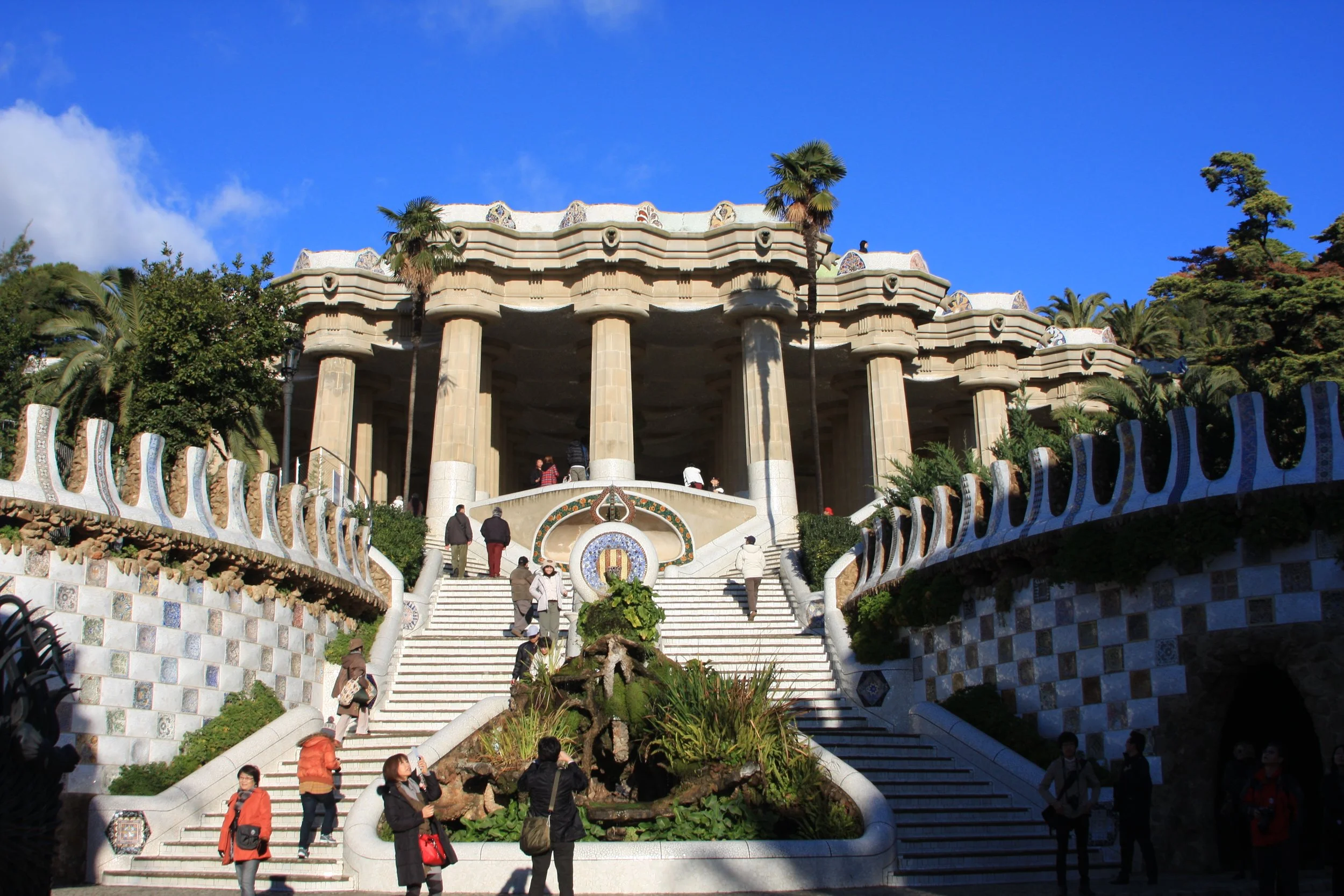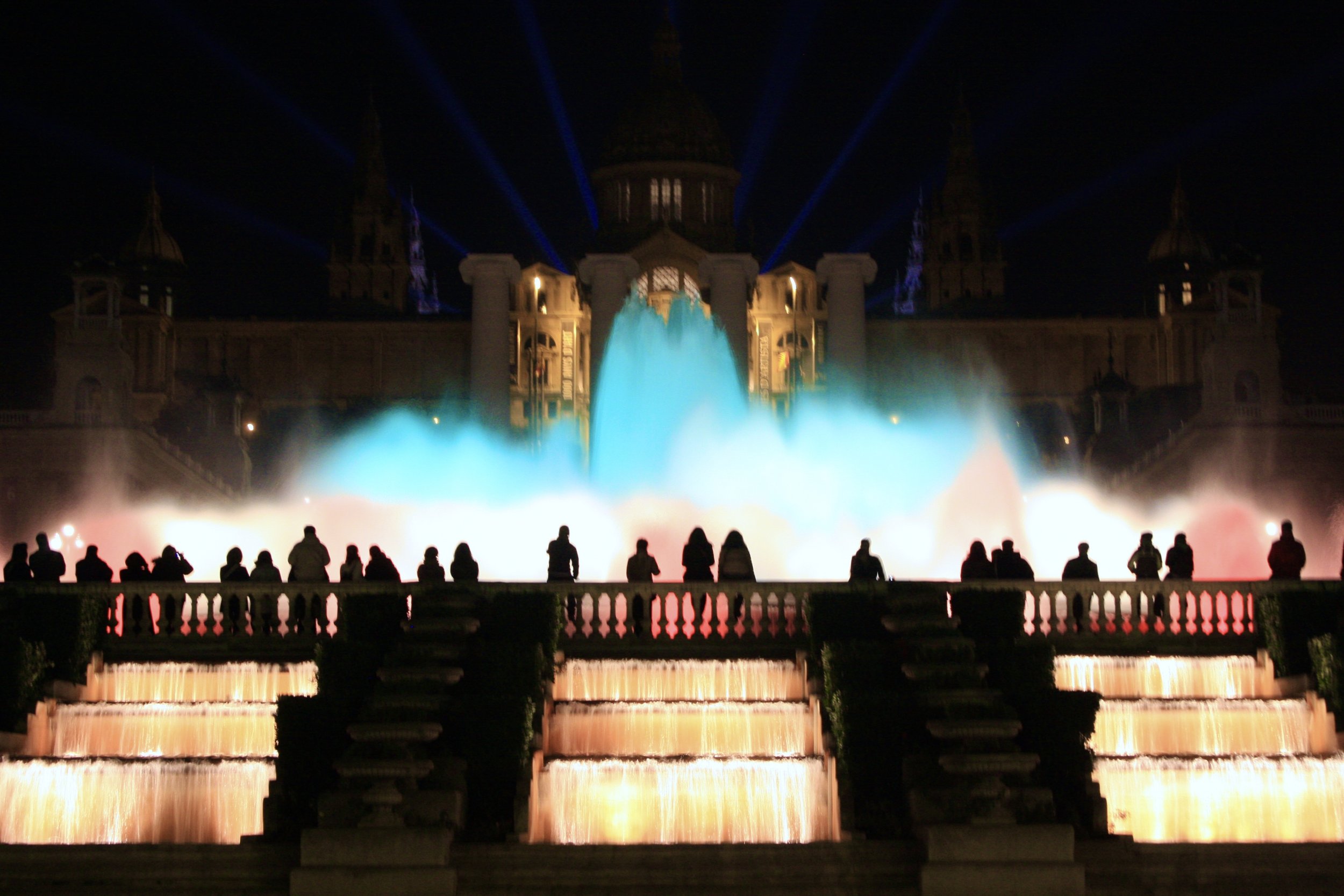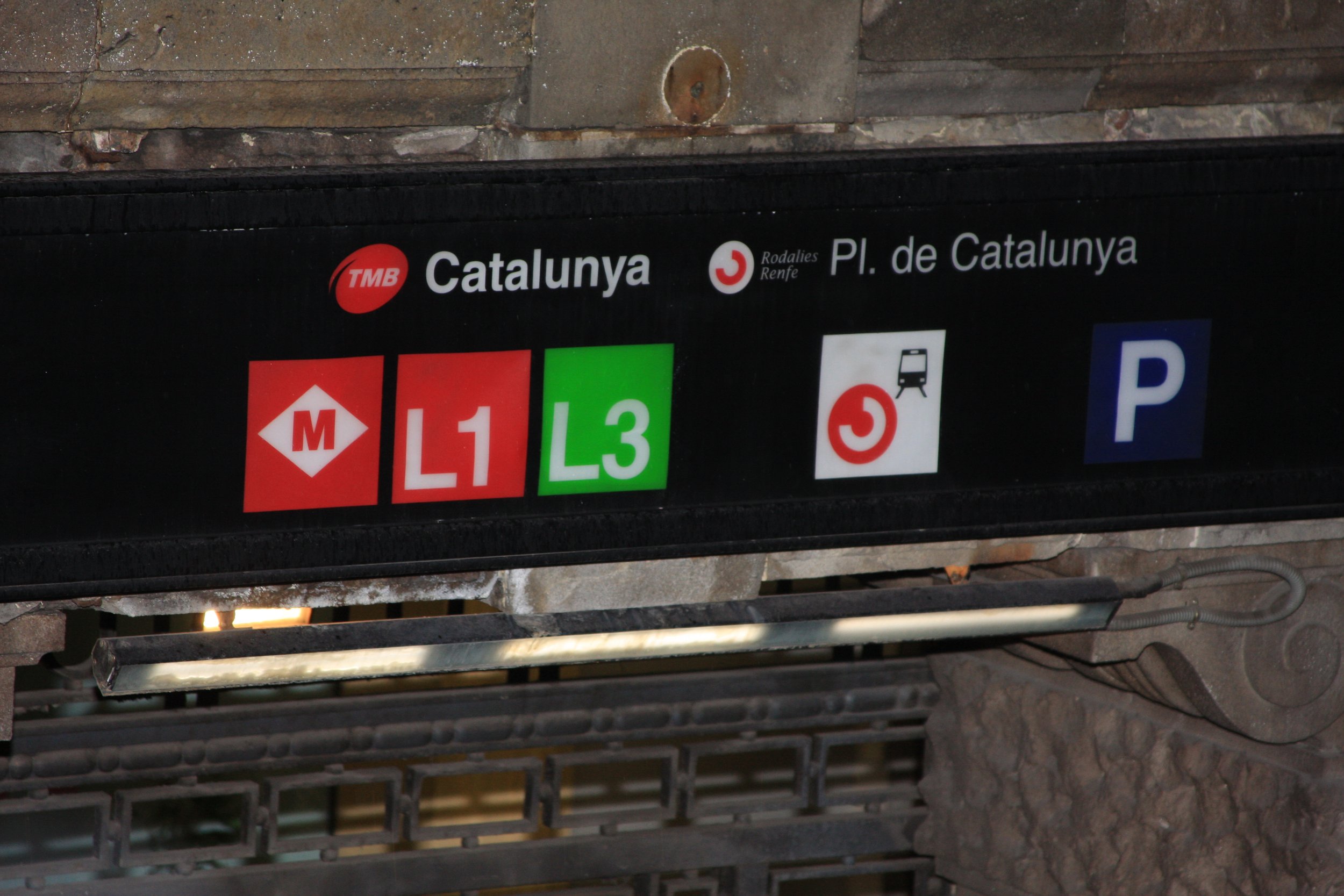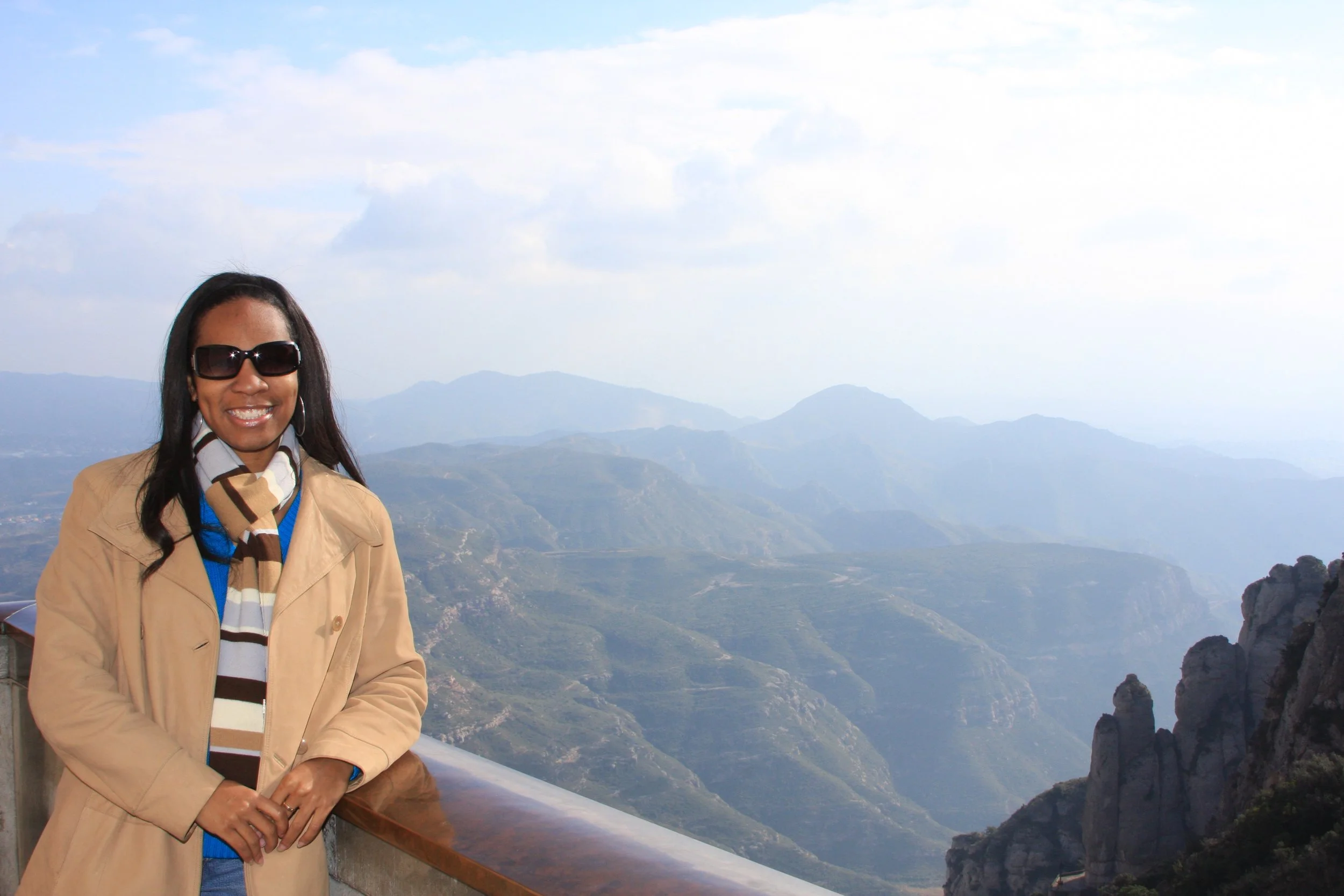Barcelona Spain
My trip to Barcelona began with a detour. I was supposed to fly from Fort Lauderdale to Atlanta and then continue on to Barcelona, but bad weather had other plans. Because of storms, my route was changed at the last minute—from Fort Lauderdale to Detroit, then Detroit to Amsterdam, and finally from Amsterdam to Barcelona.
It was inconvenient, but I was too excited about my first trip to Europe to let it bother me. Everything went smoothly until Amsterdam. Since it was my first stop in Europe, I had to go through customs there—something I hadn’t expected. My connection to Barcelona was already tight, and I remember racing through the airport only to reach the gate as the very last passenger. The gate agent smiled and said they’d been waiting for me. I thanked her quickly and hurried onto the plane.
Hotel Rivoli Rambla
By the time I landed in Spain, the hardest part of the journey was behind me. I collected my luggage, grabbed a cab to La Rambla, and checked in at Hotel Rivoli Rambla, a small, colorful hotel in the heart of the city. The lobby was compact, slightly dark, and full of color. Since I’d arrived early, the front desk staff let me leave my bags before check-in. With a few hours to spare, I set out to explore. I wandered up and down La Rambla, snapping photos of street performers, flower stalls, and market stands, with the narrow lanes of the Gothic Quarter branching off to either side.
When my room was ready, I opened the door to find a bright, colorful space with coral walls and a blue bedspread that caught my attention right away. It wasn’t fancy, but it felt welcoming after a long day of travel. The lighting was soft, and the room had a comfortable, lived-in feel that made it easy to settle in.
I sat on the bed for a moment and looked out the window at the street below, then decided sleep was the better option. Before I drifted off, I wandered into the bathroom and discovered something new: a bidet. I wasn’t quite sure what to make of it at first, and once I figured it out, I decided it wasn’t for me.
Montserrat Monastery
Montserrat Monastery and the Harbor
The next morning, I joined a small group tour to Montserrat Monastery, which is about an hour outside Barcelona. The ride out of the city was quiet, and as we climbed higher into the hills, the view opened up. I saw the green cable car that takes visitors up the mountain and thought it might have been fun to try, but the road was scenic enough.
For anyone visiting independently, the Montserrat Aeri cable car runs from the Montserrat Aeri train station on the R5 line from Barcelona’s Plaça d’Espanya. The ride takes about five minutes and gives panoramic views of the cliffs and valley below. It’s a short trip, but it’s said to be one of the most memorable ways to arrive.
The monastery itself sits high in the mountains, surrounded by steep, rocky slopes and views that stretch for miles. The complex is made up of a basilica, courtyards, and a small museum, all framed by pale stone and arched walkways. Inside the basilica is the Black Madonna, or La Moreneta, a wooden statue of the Virgin Mary that draws pilgrims from all over Spain. The statue is kept in a small alcove above the main altar, and visitors line up quietly to see it.
From the terraces, I could see the town and valley below, dotted with small buildings and winding roads. Inside, I listened to the boys’ choir perform. Their voices carried through the church—clear, steady, and echoing off the stone walls.
Boys Choir in 2011. These boys are all men these days :)
The choir, known as the Escolania de Montserrat, is one of the oldest in Europe. The boys, usually between nine and fourteen, live and study at the monastery, where they receive both a regular education and daily music instruction. Entry is competitive, and most come from across Catalonia and other parts of Spain. Hearing them sing in person was impressive—not just because of their skill, but because of the setting and the sense of tradition that’s been kept alive for centuries.
Afterward, I walked around the courtyards and small shops nearby before stopping at the café. I ordered cottage cheese with honey, thinking it might taste better here than it does at home. It didn’t. Some lessons have to be learned the hard way.
Honey & Cottage Cheese
This was also where I found out that many locals speak Catalan rather than Spanish. On the way back to Barcelona, I watched the landscape flatten and the city skyline reappear in the distance.
Back in the city, I spent the afternoon walking near Port Vell, watching the boats and people along the waterfront until the rain started. Later that evening, I took the train to La Sagrada Família. The spires glistened in the rain, and even though construction was still underway, it was hard not to be impressed.
Park Güell
Gaudí and the Magic Fountain
My last full day was devoted to Gaudí. I visited Park Güell, Casa Batlló, and La Sagrada Família again, this time in daylight. From the rooftop of Casa Batlló, I could see the city stretching toward the sea, and from Park Güell, the view of Barcelona’s skyline framed by Gaudí’s colorful mosaics was unforgettable. La Sagrada Família was busy, but I heard it was less crowded than usual because it was January and the low season.
Later in the afternoon, I took the hop-on hop-off bus around the city. I rode past every major sight, seeing Barcelona from the open-top deck as the bus wound its way through different neighborhoods. The route passed Plaça de Catalunya, Casa Batlló, and La Pedrera (Casa Milà) before heading toward Sagrada Família. From there, it continued through the Eixample district to Park Güell, then down toward Tibidabo Hill and Montjuïc, where you could see the Olympic Stadium and the Palau Nacional. The route also looped by Port Vell, the Columbus Monument, and the Barceloneta beach area before returning to the center of town. It was an easy way to get a feel for the whole city in one afternoon.
That evening, I went to the Magic Fountain of Montjuïc near Plaça d’Espanya. The light and water show was simple but beautiful, a fitting way to end my time in the city. I tried tapas afterward and quickly learned that locals eat much later than I do. By the time the restaurants were getting busy, I was ready for bed
Magic Fountain of Montjuïc
Looking Back
I visited Barcelona in January 2011. Back then, La Rambla still felt like part of the city rather than a tourist corridor. The crowds were manageable, and locals filled most of the cafés. La Sagrada Família was still an active construction site, surrounded by cranes, and Park Güell didn’t require a timed ticket. Barcelona was busy, but it still breathed.
Today, the city feels different. Tourism has grown, and many locals have mixed feelings about it. La Sagrada Família is now nearing completion, with most of its towers finished, and entry times are carefully managed to handle the crowds. Park Güell has become ticketed and fenced, and La Rambla is far more crowded than it used to be. The heart of the city is still the same, but the pace is faster, and the sense of discovery is harder to find than it was then.
Getting Around
Barcelona is still easy to explore on foot, especially around La Rambla, the Gothic Quarter, and Plaça de Catalunya. The Metro connects most major attractions, including La Sagrada Família, and the hop-on hop-off buses remain one of the easiest ways to see more of the city in a short time. The R5 train from Plaça d’Espanya still runs directly to Montserrat for day trips, just as it did when I visited.
For travelers today, there are even more ways to get around. Many people rent bikes or electric scooters to explore areas like El Born or Poblenou, where wide bike lanes and pedestrian-friendly streets make it easy to move at your own pace. The city has also added more shaded walkways, green spaces, and dedicated bus lanes, encouraging both locals and visitors to travel more sustainably.
If you have extra time, there’s plenty more to explore beyond the main landmarks. Stroll through El Born, where small boutiques and tapas bars fill narrow medieval streets, or visit Poblenou, a former industrial area turned creative district filled with street art and converted warehouses. The Barceloneta beach area has been expanded and cleaned up, making it a comfortable place to relax by the sea. Montjuïc Hill is worth revisiting for its gardens, museums, and panoramic views over the harbor, and newer attractions like the Design Museum of Barcelona (Museu del Disseny) highlight the city’s growing focus on art and innovation.
Another spot that’s become especially popular is Bunkers del Carmel, also known as Turó de la Rovira. Back in 2011, it was more of a local secret, but today it’s one of the city’s favorite viewpoints. The old anti-aircraft bunkers from the Spanish Civil War still stand at the top of the hill, overlooking the entire city and coastline. It’s a climb to get there, but the view stretches from Sagrada Família to the sea and has become one of the best places in Barcelona to watch the sunset.
Other Places to Consider
Beyond Barcelona, Madrid is home to the Prado Museum, Retiro Park, and a lively food scene that stays open late into the night. Seville stands out for its Moorish architecture, vibrant plazas, and flamenco culture, while Granada’s Alhambra remains one of Spain’s most remarkable historic sites. For something more coastal, Valencia offers a mix of modern design and beaches, and the Costa Brava region north of Barcelona is known for its cliffs, coves, and smaller seaside towns like Cadaqués and Calella de Palafrugell.


